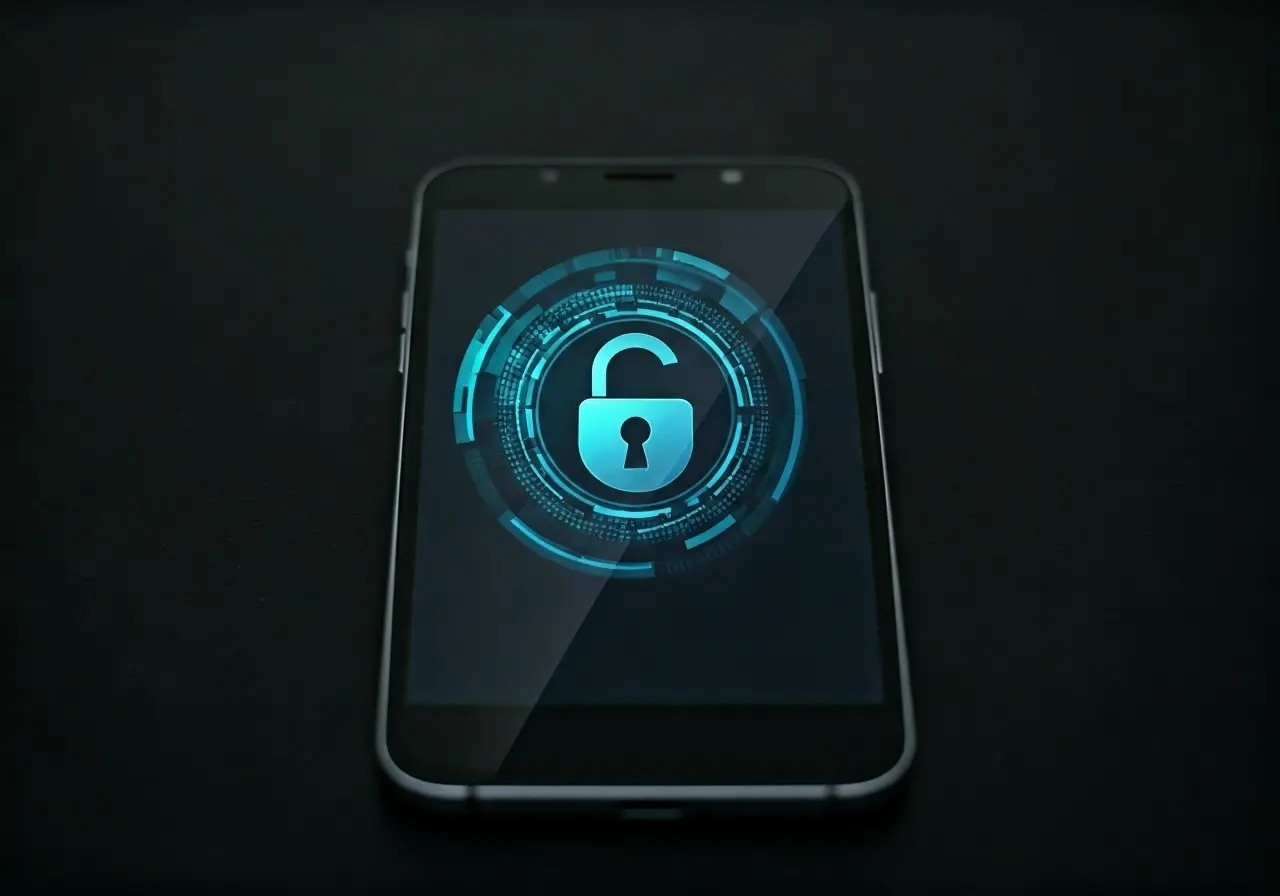10 Tips for Hiring an iOS Developer in Richmond, Denver, and Charlotte
Looking to bring an iOS developer on board in Richmond, Denver, or Charlotte? Whether you’re building a new app or improving an existing one, finding the right developer is crucial. Here are some tips to help you make the right choice and ensure smooth project execution.
1. Understanding the Role of an iOS Developer
Before you start, it’s crucial to know what an iOS developer does. Familiarize yourself with their key responsibilities, such as developing applications for Apple’s iOS devices, ensuring app functionality, and troubleshooting bugs. They not only write the code but also design app interfaces and perform quality control checks to ensure smooth user experiences. A detailed understanding of the iOS ecosystem, including proficiency in Swift and Objective-C, and familiarity with tools like Xcode and interface builder, is essential.
An iOS developer’s role extends beyond mere coding. They innovate and create apps that are both user-friendly and aligned with Apple’s stringent guidelines. They must adapt to regular updates and changes in the iOS platform, keeping the app updated with Apple’s new features like Apple Pay. Having in-depth knowledge about these updates helps in maintaining the app’s relevance and competitiveness in the App Store.
2. Define Your Project Requirements Clearly
Start by outlining your project needs. This includes understanding the features and functionalities your app requires, the expected timeline, and your budget. Clear project specifications help narrow down the candidate pool. Having a list of must-have and nice-to-have features also helps in prioritizing tasks and budgeting resources effectively.
It’s important to consider the user’s perspective when defining your project requirements. Interactivity, ease of navigation, and visually appealing design are key to improved user engagement. Define success metrics such as download targets or user engagement levels to measure the app’s success. Being specific about what you want will aid in finding a developer who can meet the project’s objectives efficiently and aligns well with the app’s goals.
3. Explore Talent in Local Tech Ecosystems
Richmond, Denver, and Charlotte each have vibrant tech communities. Leverage local meetups, tech events, and seminars to network with potential candidates. Engaging with the community can lead you to hidden gems. These settings allow you not only to meet prospective developers but also gain insights into the local tech trends and innovations.
Collaborating with local tech organizations or attending workshops can provide valuable insights into talented individuals who may not be visible through traditional recruitment channels. These forums are ideal for conducting informal interviews and understanding the skill sets available in the cities you are targeting. Local talent often brings an understanding of the region-specific user demographics, enabling them to develop apps that resonate well with the local markets.
4. Check Portfolios and Previous Work
Reviewing a candidate’s portfolio can give you insight into their coding style and creativity. Look for applications they have developed and assess their technical skills and aesthetic sensibilities. A well-documented portfolio showcases a developer’s ability to handle complex projects and solve problems creatively.
Pay attention to the diversity of projects they have handled, from simple apps to complex, feature-rich applications. A developer proficient in creating various types of applications indicates that they have a broad skill set. Check the user feedback on their apps in the App Store as it can reveal insights into their strengths and areas of improvement, ensuring you hire a developer whose past work aligns with your project vision.
5. Evaluate Technical Skills with Coding Challenges
Consider setting up coding challenges tailored to your project needs. This allows you to evaluate a candidate’s problem-solving abilities and proficiency with iOS development tools. It’s a practical approach to gauge how they deal with real-world problems and their readiness to take on challenges.
Use these challenges to test their knowledge of Swift and ability to work with iOS’s frameworks like UIKit and Core Data. Challenges can also help determine their capacity to write clean, efficient code and their familiarity with debugging tools. Through this process, you ensure that the developer’s technical prowess aligns with your project needs.
6. Assess Communication and Collaboration Abilities
Effective communication is key in remote work settings. Assess candidates on their ability to articulate ideas clearly and their openness to feedback during the interview process. A good developer can explain complex technical concepts in an easy-to-understand manner to non-technical stakeholders.
Evaluate how they collaborate in a team setting. Developers who are team players contribute to a productive workflow and can adapt to different communication tools and platforms. Their responsiveness and active participation in team meetings can influence the overall success of the project.
7. Consider Cultural Fit Within Your Team
A developer who aligns with your company’s values and culture can contribute positively to team dynamics. Ensure the candidate is enthusiastic about your mission and fits well with the team. Cultural fit often determines an employee’s long-term satisfaction and engagement within the company.
Look for someone who shares your passion and vision for the project. A candidate who is in tune with your company culture will likely be more committed, leading to higher job satisfaction and productivity. This alignment can result in a more harmonious work environment and successful project outcomes.
8. Leverage Professional Networks for Recommendations
Caring to ask peers or professionals in your network for developer recommendations can save time and lead to highly endorsed candidates with proven track records. Trusted recommendations often come with firsthand insights into a candidate’s reliability and expertise.
Seek referrals from industry contacts or join online professional groups specific to mobile app development. Networking is a powerful tool that can lead you to top talent that you might not have discovered otherwise, helping you make informed hiring decisions based on mutual trust and reputation.
9. Evaluate Long-term Potential and Learning Ability
Choose candidates who display a willingness to learn and adapt. An iOS developer ready to stay updated with the latest technologies can provide long-term value to your project. As iOS technology is constantly evolving, a flexible developer can ensure your app remains competitive by integrating the latest features and updates.
Assess their enthusiasm for continuous learning through courses, certifications, or attending industry seminars. A developer who invests in their professional development demonstrates commitment and proactivity, traits beneficial for keeping your project innovative and ahead of market trends.
10. Conduct Thorough Reference Checks
Before making a final decision, reach out to previous employers or clients. Asking about a candidate’s work ethic, reliability, and performance can provide additional assurance of their capabilities. A detailed reference check can highlight a developer’s strengths and also reveal potential areas of concern.
Inquire about their ability to meet deadlines, respond to feedback, and their interaction with team members. Understanding these aspects can offer a holistic view of the candidate’s professional attributes, helping you make a well-informed hiring decision, thus facilitating a successful long-term collaboration.










